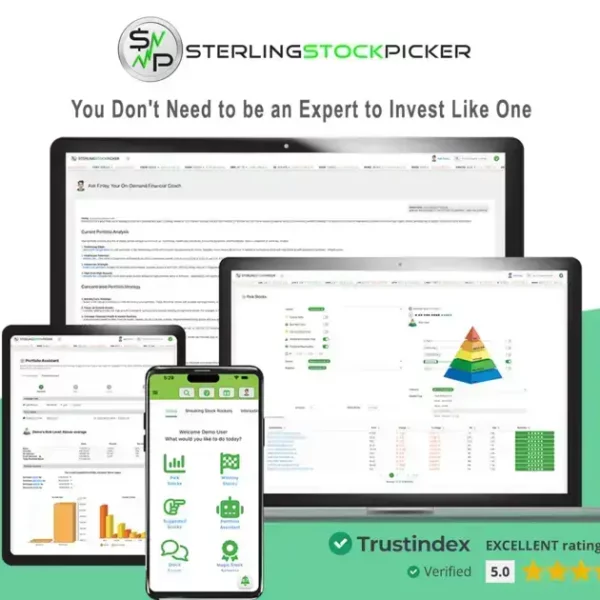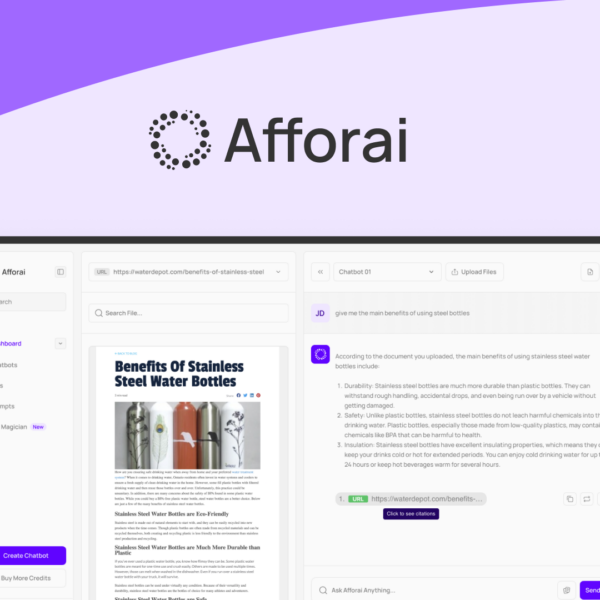Choosing the right SaaS products is essential for your business success. But with the overwhelming options available, how do you know which lifetime deals are worth your investment? Let’s dive into some key strategies!
Research the Developer and Company
When considering a SaaS product, it’s vital to research the developer and the company behind it. Dive into their background. Look at how long they’ve been in business and their reputation in the industry.
Check Reviews and Testimonials
Customer reviews can provide insights into the software’s strengths and weaknesses. Look for unbiased reviews on trusted sites. Pay attention to the experiences others had with their customer support. Strong support can make a huge difference.
Examine Case Studies
Case studies can show how other companies utilized the software. They highlight real-world applications and benefits. Check the company’s website or ask them for examples that relate to your needs.
Explore Their Community Presence
A strong online community can be a good sign. It suggests the company is dedicated to its users. Look at their social media profiles and forums. Active engagement often indicates a responsive and customer-focused business.
Research the Development Team
Find out who’s behind the scenes. Knowledgeable developers are crucial to ongoing updates and support. A solid team can keep the software cutting-edge and efficient.
Analyze Recent Feature Releases

When you’re looking at a SaaS product, it’s important to analyze the recent feature releases. Updates can show how responsive the company is to user needs. Check how often they roll out improvements.
Look for Major Updates
Major updates can bring significant changes. They might add new tools or improve existing ones. Seeing recent releases can indicate the company’s commitment to innovation.
Read Release Notes
Release notes detail what’s new. They can explain new features and fixes. These notes help you understand how the software is evolving. Check if the updates align with your business needs.
Check User Reactions
User reactions to updates are important. Look for feedback in forums and social media. Positive feedback can signal that the updates add real value.
Evaluate the Impact
Consider how the new features might impact your work. Do they help you solve current problems? Are they easy to use? This can influence your software choice.
Review Their Roadmap for Future Updates
Reviewing a SaaS roadmap for future updates is key to understanding the product’s direction. A clear roadmap shows where the software is headed. It can help you decide if it meets your long-term needs.
Look for Planned Features
Check what features are planned for release. This can include new tools or major updates. Knowing what’s coming helps you prepare for changes in your workflow.
Evaluate the Timeline
A timeline gives you an idea of when updates will happen. It’s good to know if the company sticks to its schedule. Delays may indicate problems, so be aware.
Consider User Feedback
See if the roadmap reflects user requests. This shows that the company values its customers. Great companies listen and adapt based on what users need.
Watch for Innovation
Innovation is important in any software. A roadmap should include improvements that enhance usability. It’s a sign of a product that isn’t standing still.
Engage with Customer Support

Engaging with customer support is crucial when using a SaaS product. Strong support can save you time and frustration. Don’t hesitate to reach out with your questions or concerns.
Test Response Times
Check how quickly the support team responds. Speedy replies show that the company cares about its users. If responses take too long, it might be a red flag.
Ask About Available Channels
Find out what support channels are offered. Live chat, email, and phone support are common. More options usually mean better access to help when you need it.
Read Customer Experiences
User reviews can provide insight into the support quality. Look for comments on responsiveness and effectiveness. Positive feedback indicates reliable service.
Inquire About Troubleshooting Resources
Good customer support includes helpful resources. Check if the company offers guides, FAQs, or tutorials. These can help you solve problems without waiting for assistance.
Evaluate Current or Future Needs
It’s essential to evaluate your current or future needs when choosing a SaaS product. Knowing what you need ensures you get software that fits your business. Start by listing your requirements.
Identify Key Features
Think about which features are must-haves for you. Do you need collaboration tools, reporting features, or integration with other apps? Being clear on this helps narrow your options.
Consider Growth Plans
If you plan to expand, choose software that can grow with you. Flexible solutions allow for upgrades and additional users. This means you won’t have to switch software soon.
Assess Your Budget
Be realistic about what you can spend. Compare features with pricing plans. Ensure you get the best value without overspending. Sometimes, more expensive options offer better support and features.
Think About Integration
Check if the software can work well with tools you already use. Easy integration saves time. Look for systems that connect smoothly to your existing processes.



